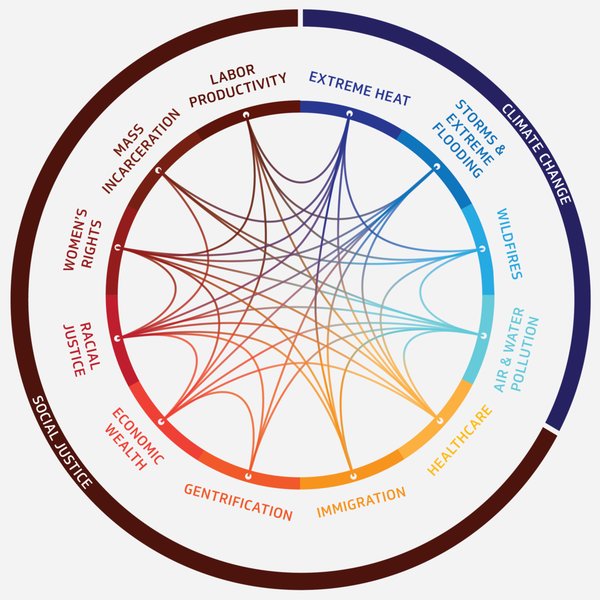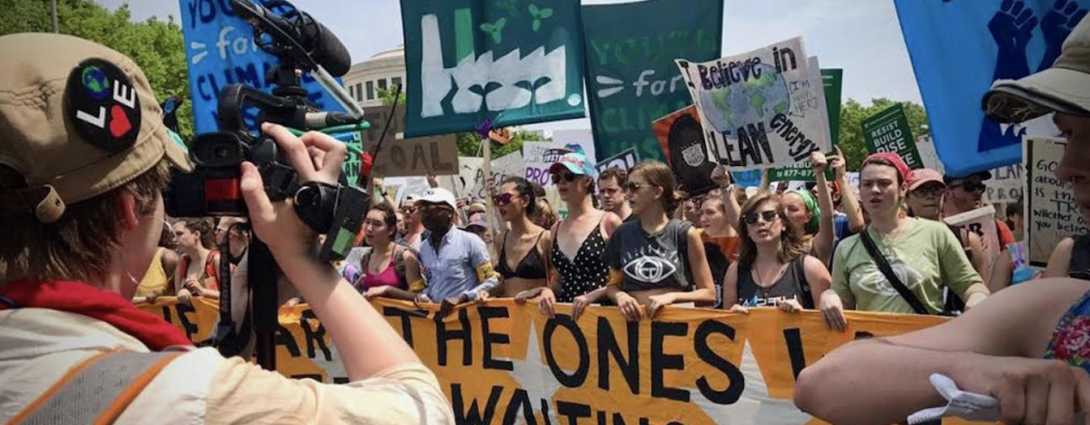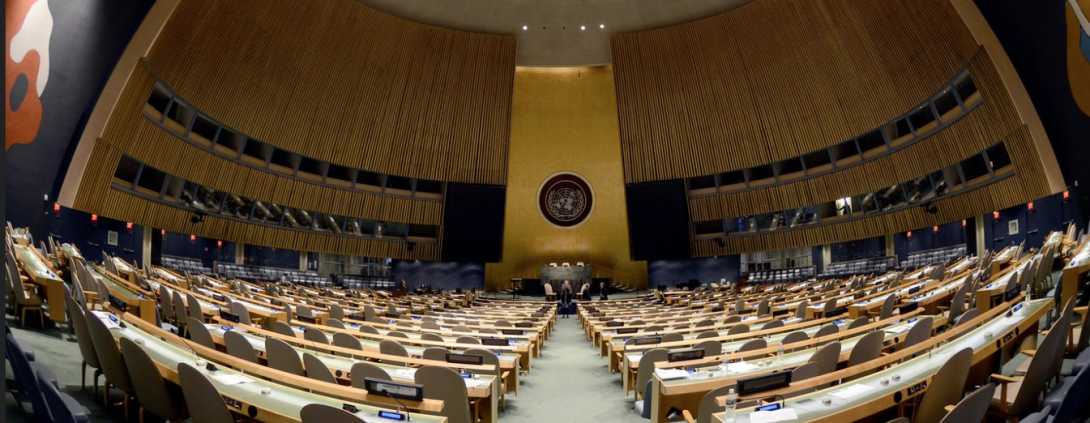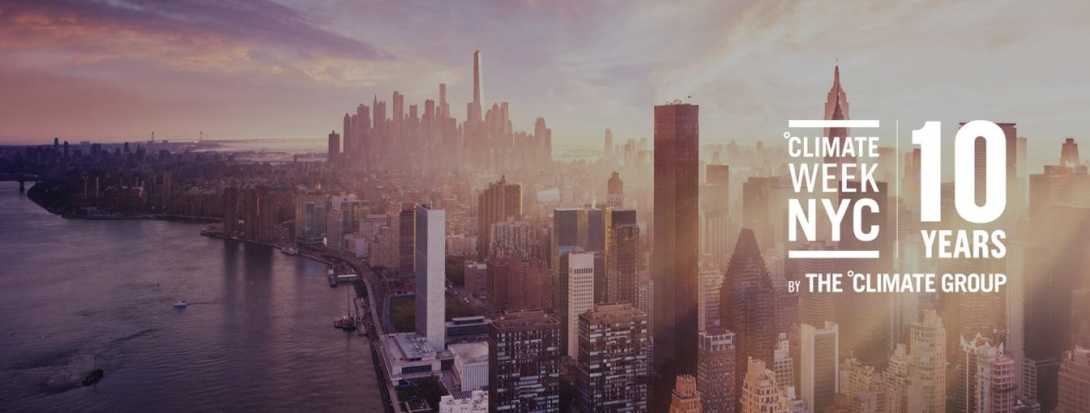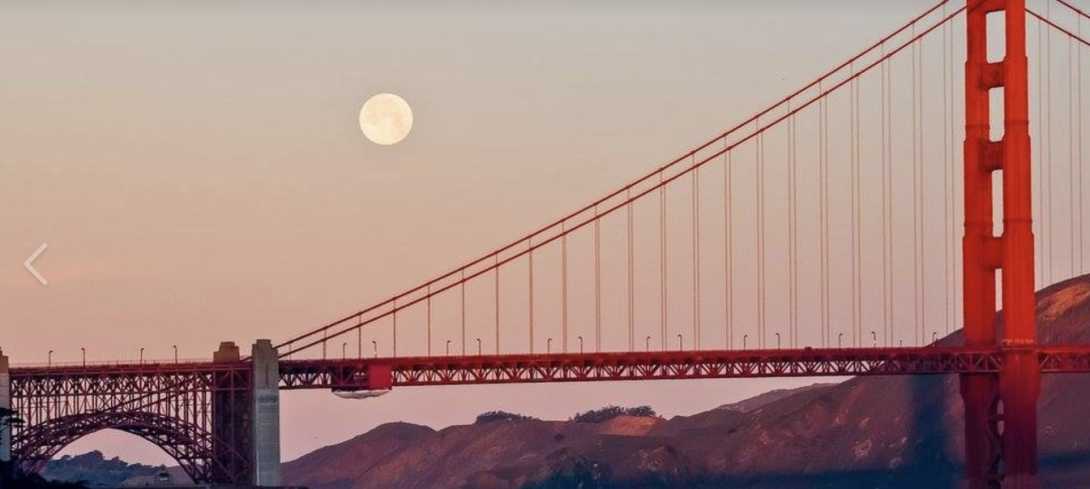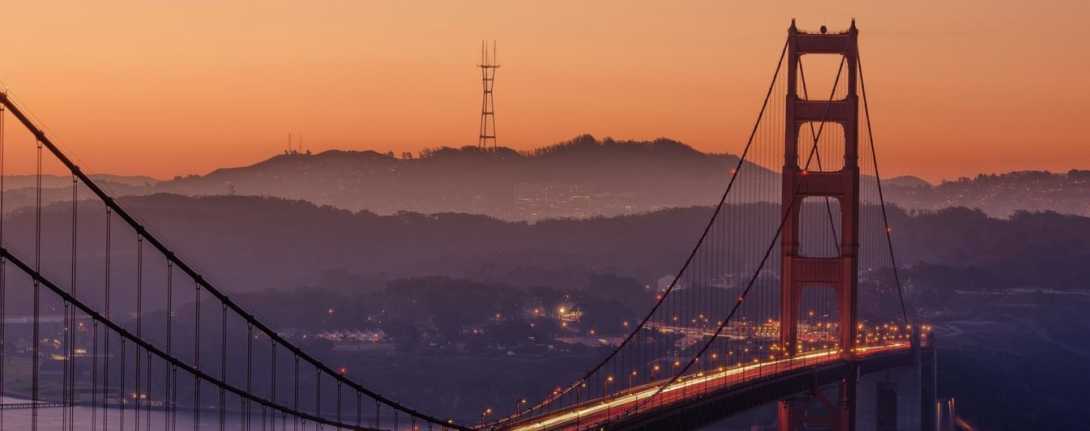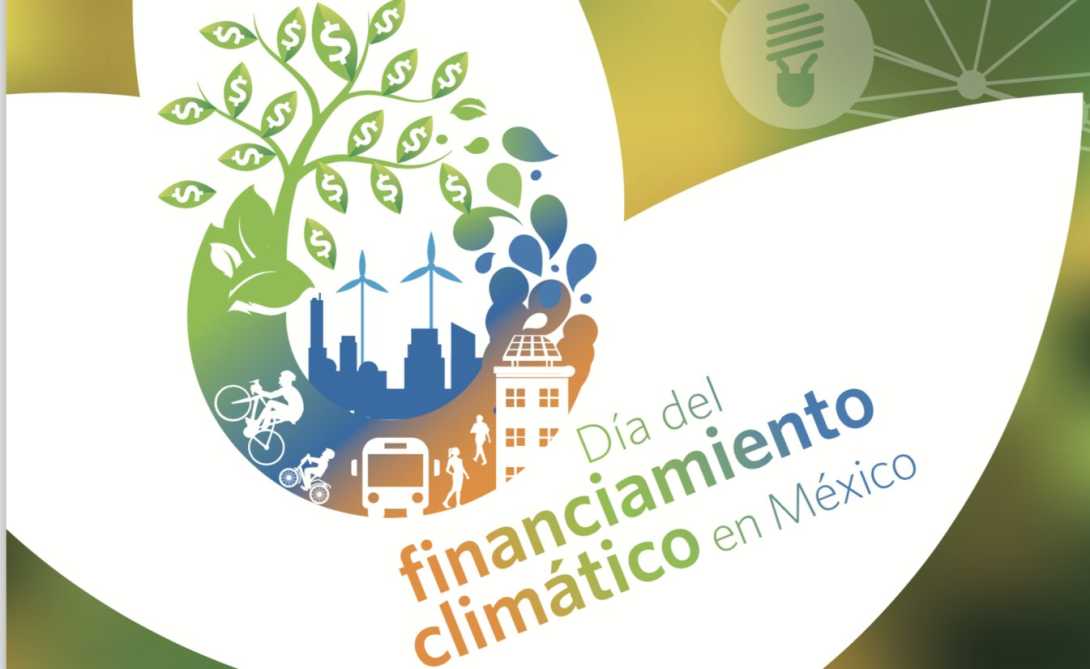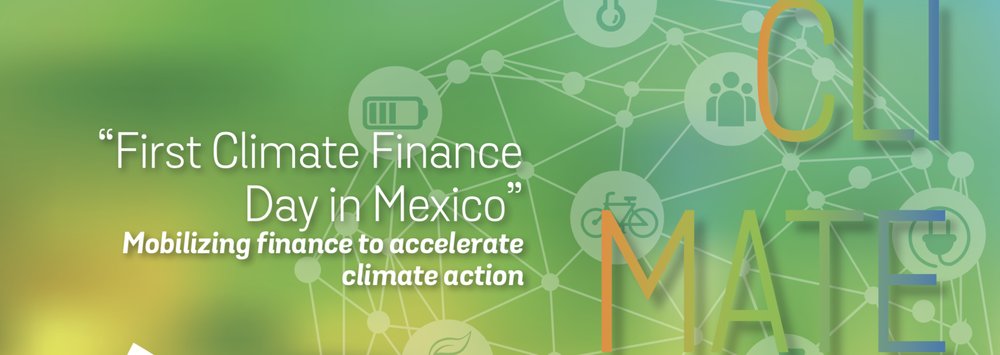
|
‘Youth Step Up’ competition announces winners to drive student climate action and fund solutions
UN helps fashion industry shift to low carbon
Bangkok Climate Change Conference 2018
|
Freedom to Breathe aims to capture stories of resilience and courage in the United States
|
Youth Unstoppable: The Rise of the Global Youth Climate Movement at Green Film Festival
73rd Session of the UN General Assembly (UNGA 73)
Climate Week New York City 2018
Global Climate Action Summit 2018
Cities4Climate: The future is us
|
First Climate Finance Day in Mexico: Mobilizing finance to accelerate climate action



